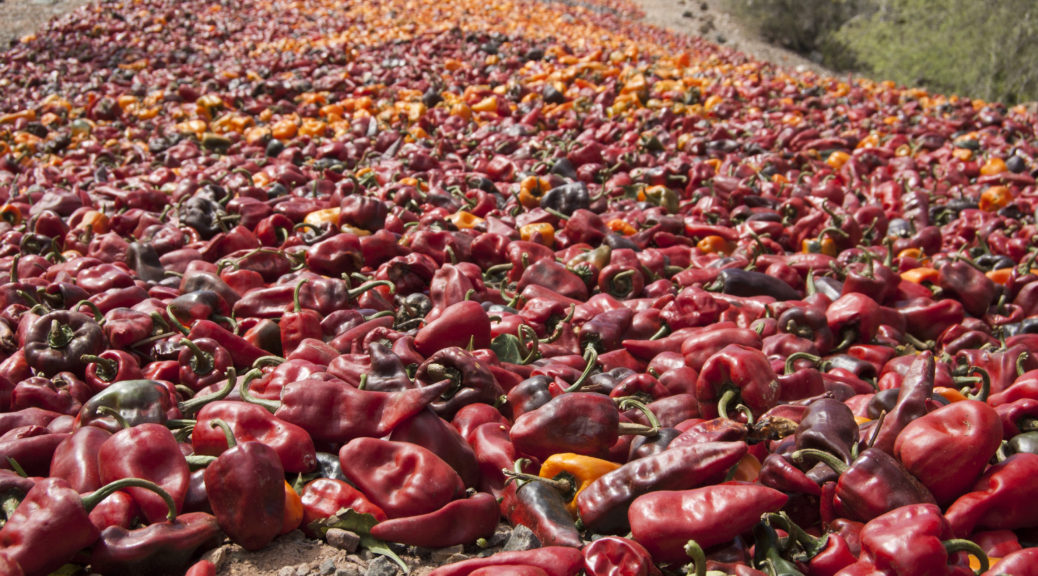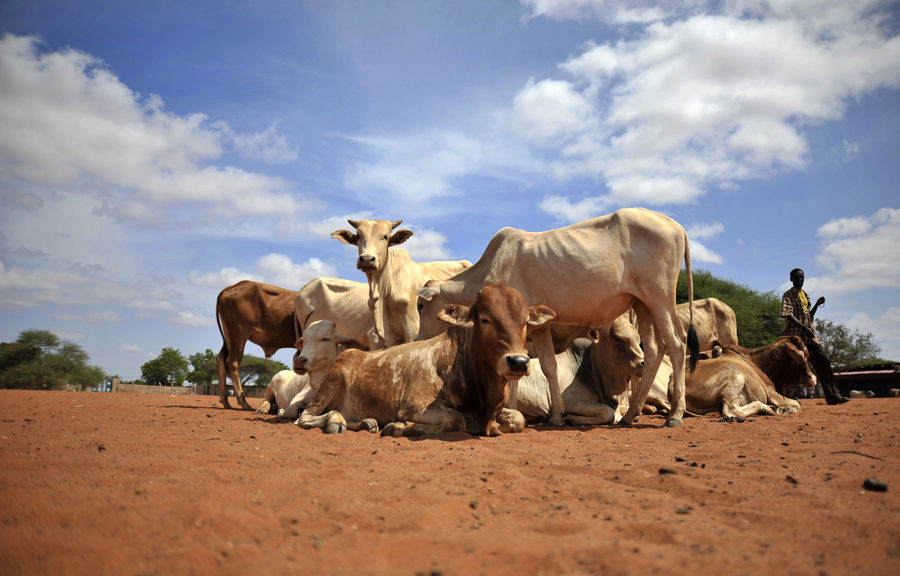Una plaga de mosca blanca cayó hace dos décadas en los campos de chilhuacle amarillo, rojo y púrpura de la familia Martínez. El chilhuacle es el chile estrella en varias versiones del plato insignia de Oaxaca –el mole, claro–, y por mucho tiempo los cocineros habían estado pagando altos precios por las notas ahumadas y cítricas de este chile. Pero su costo estaba a punto de subir todavía más. Continue reading Al rescate del chile más emblemático de México
Tag Archives: Development
Saving Mexico’s most totemic chilli
A plague of whiteflies descended on the Martínez family’s fields of yellow, red, and deep purple chilhuacle in southern Mexico two decades ago. Chilhuacle is the star chilli in several versions of Oaxaca’s signature dish – mole – and cooks had long paid a premium for the chilli’s unique smoke and citrus flavours. But its cost was about to climb higher.
The Martínez family and the few other growers lost much of their chilhuacle crops in 1997. That year marked the start of a slow decline in chilhuacle production. Despite the chilli’s high market price, many growers stopped planting it. Continue reading Saving Mexico’s most totemic chilli
How Kenya’s herders got their livestock insured
When the rains failed to come last year in central Isiolo County, Kenya, Mohamed Dahir figured he might lose 40% of his herd of 400 sheep and goats. Like several million other pastoralists in northern Kenya and across the border in Somalia and Ethiopia, Dahir and his herd live migrating between pastures.
Dahir did indeed lose some animals, but he received a payout from an emerging kind of livestock insurance: based on predictions of vegetation growth in the area and how many animals that might harm, his index-based livestock insurance policy gave him 50,000 Kenyan shillings (about £370) in cash before the drought and its consequences really settled in. He was able to buy enough hay from distant counties to save 95% of his herd. Continue reading How Kenya’s herders got their livestock insured
Soil in the Forecast
For several days in late September 2015, heavy rains soaked the earth surrounding the district of El Cambray II in Guatemala. On the first night of the following month, steep slopes, long held in place by thick, tropical tree roots, suddenly gave way, burying hundreds of homes in mud up to 15 meters deep. At least 280 people died.
Officials had warned residents for years that the area was at risk, but a mixture of poverty and mistrust leads some of the poorest people in Central America and beyond to build and live on marginal land. Still, residents of El Cambray II might have been willing to temporarily evacuate, if they had received a credible and precise warning. And if such warnings were available worldwide, they could help reduce the 3,000 deaths attributed to landslides every year. Continue reading Soil in the Forecast


